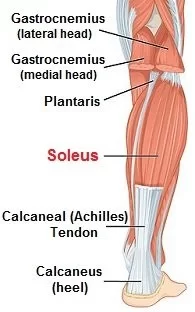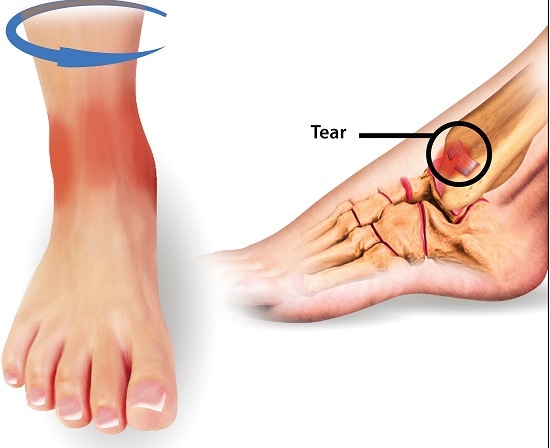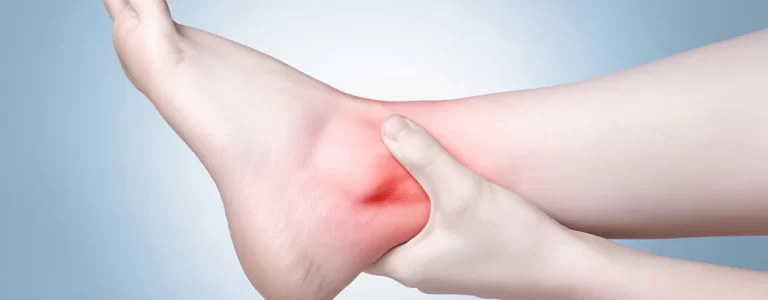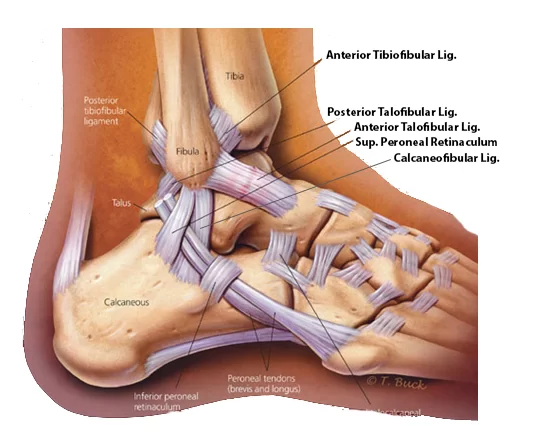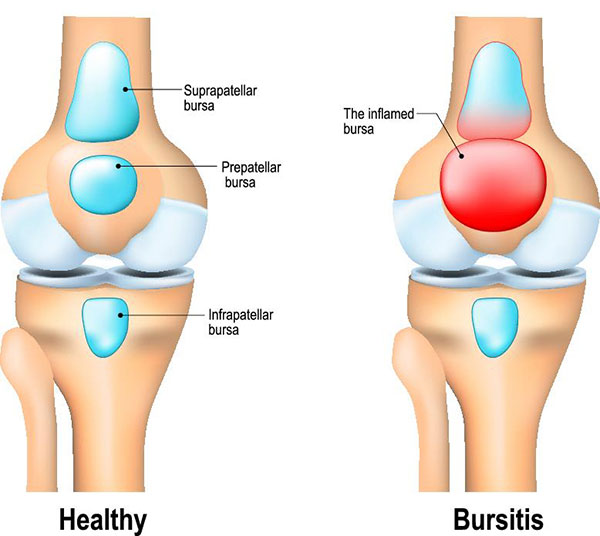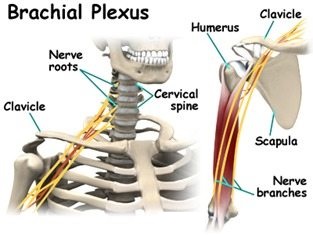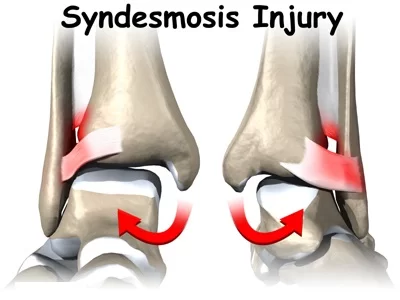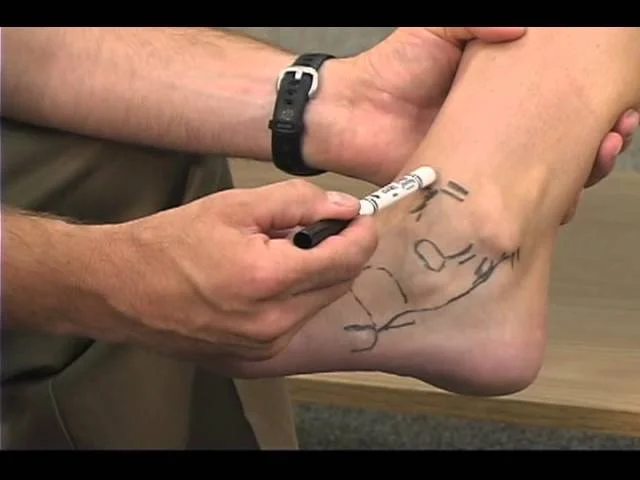LOWER LIMB MUSCLE LIST:
MUSCLES LIST : MUSCLE OF GLUTEAL REGION : Muscle Name Origin Insertion Nerve Supply Blood Supply Action Gluteus maximus outer surface of ilium, sacrum, coccyx, sacrotuberous ligament iliotibial tract and gluteal tuberosity of femur inferior gluteal nerve inferior gluteal artery extends & laterally rotates thigh; through iliotibial tract, it extends knee joint Gluteus minimus outer…

